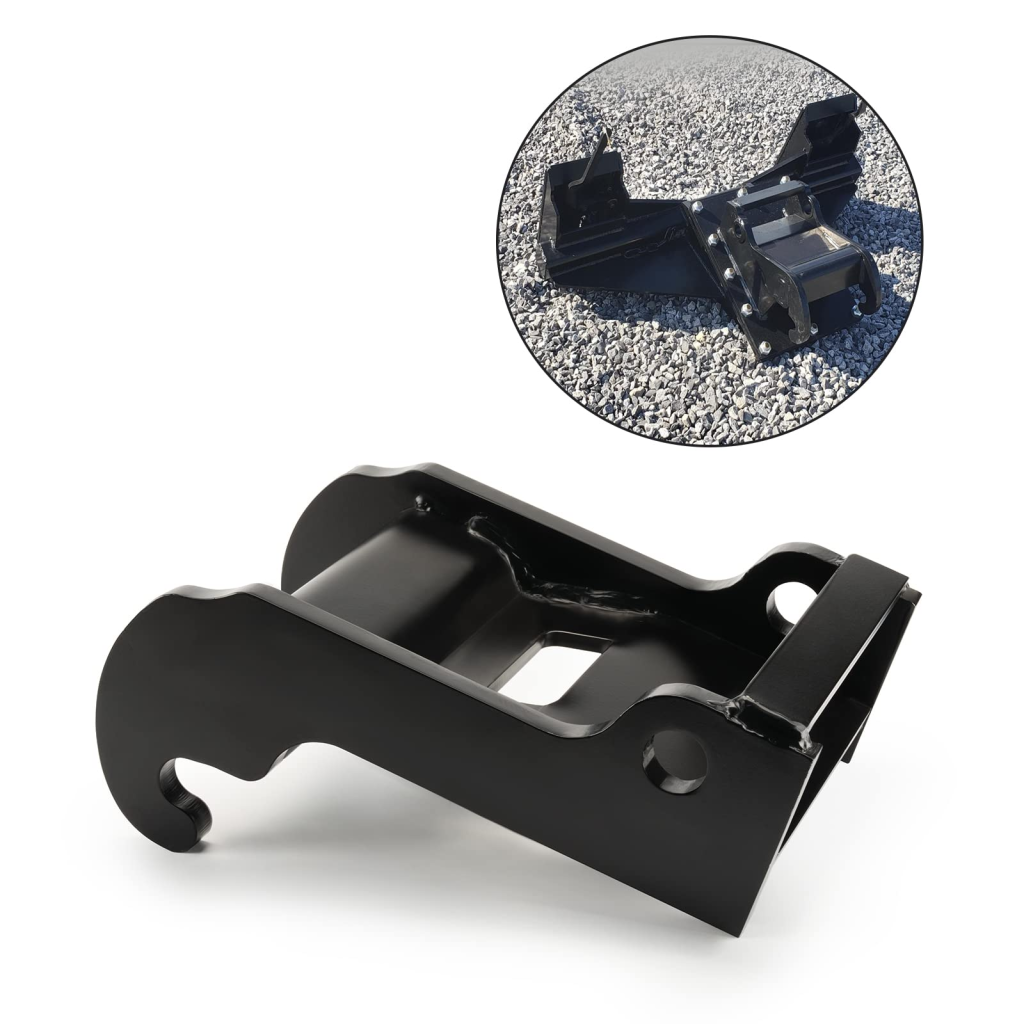Replacing the bucket on an excavator is a common task that can improve your machine’s efficiency and adaptability to different jobs. Whether you need to switch to a different size or type of bucket, the process is relatively straightforward. Below is a step-by-step guide to help you through the replacement process.
Tools and Materials Needed

- Wrenches (appropriate sizes for your excavator)
- Socket set
- Pry bar
- Hammer
- Safety gloves and goggles
- Replacement bucket
Steps to Replace an Excavator Bucket
1. Preparation
- Park Safely: Ensure the excavator is parked on a flat, stable surface. Engage the parking brake.
- Safety Gear: Put on your safety gloves and goggles to protect yourself.
how to change excavator bucket

2. Remove the Old Bucket
- Locate the Pins: Identify the pins that connect the bucket to the arm of the excavator.
- Loosen the Pins: Use the appropriate wrench or socket to loosen the retaining bolts or nuts on the pins.
- Remove the Pins: Once loosened, carefully remove the pins using a pry bar or hammer if necessary. Be cautious as the bucket may drop once the pins are removed.
- Detach the Bucket: Pull the old bucket away from the arm, ensuring it’s completely free.
3. Prepare the New Bucket
- Inspect the New Bucket: Check the replacement bucket for any defects or damage before installation.
- Align the Bucket: Position the new bucket close to the attachment point on the excavator’s arm.
4. Install the New Bucket
- Insert the Pins: Align the new bucket with the arm and insert the pins into place. Ensure they fit properly and the bucket is securely in position.
- Secure the Pins: Tighten the retaining bolts or nuts on the pins using your wrench or socket, ensuring everything is snug and secure.

5. Final Checks
- Test the Bucket: Before fully operating the excavator, perform a test to ensure the bucket is securely attached. Move the bucket up and down to check for any looseness.
- Inspect for Issues: Look for any signs of misalignment or instability. If everything looks good, you’re ready to go!